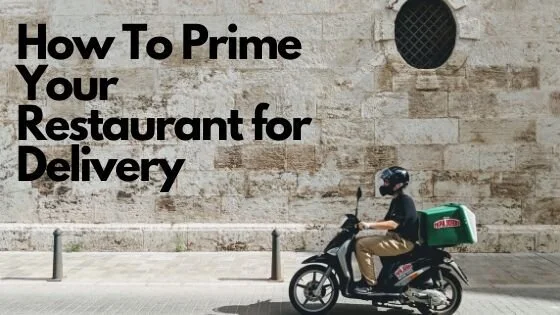How the Singapore Budget 2020 affects F&B businesses
Everything you need to know about the Budget’s impact, for the F&B industry.
By now, you have probably read the numerous reports have been written about how the F&B, retail and services industries are suffering with low footfall and meagre sales. While pundits speculated that there might be a foreign worker levy subsidy like in 2003 when SARS hit, we were disappointed this time round. There are measures in place to support the F&B industry, but the general consensus is that more can be done.
For hawkers
Hawker centres, usually packed especially at mealtimes, have suffered a drastic drop in business of up to 50% in as citizens opt to avoid crowded places during the Covid-19 outbreak.
To alleviate this, the Government is waiving 1 month of rental (with a minimum waiver of $200) for hawkers at NEA-managed hawker centres. There does not seem to be any rent relief for social enterprise hawker centres, such as Ci Yuan Hawker Centre and Pasir Ris Central Hawker Centre, however.
Government-owned commercial properties
If you are a tenant of of commercial properties owned by HDB, SLA, JTC, NParks or STB, there is a half-month waiver on your rent. This applies to those with leases of not more than 3 years and who do not pay property tax.
Wage support for employers
Under the new Jobs Support Scheme, the Government will help employers to offset 8% of the wages of their local employees for three months. This is subject to a monthly wage cap of S$3,600 per worker and they payment to employers will be made by end-July.
This grant applies to each Singaporean or PR employee on a company's Central Provident Fund (CPF) payroll for October to December last year, with the aim of helping them to retain their jobs. As it is common knowledge that many F&B businesses rely on foreign manpower, this wage support initiative does not seem very helpful when businesses are struggling to make ends meet. It is foreseeable that our industry, especially SMEs, will be forced to let foreign workers go while struggling to hire locals or running on a skeleton crew of local staff.
Corporate income tax rebate
With effect from YA 2010, a company is taxed at a flat rate of 17% on its chargeable income regardless of whether it is a local or foreign company.
With Budget 2020, a corporate tax rebate of 25% of the tax payable has been announced, capped at $15,000 per company. In his speech, Minister for Finance Heng Swee Keat has urged private commercial landlords to pass on rebates to their tenants; so far only CapitaLand has announced that it will do so.
SME working capital loan
For SMEs in need of more capital, the Government has made adjustments to bolster the SME Working Capital loan, increasing the maximum loan quantum from S$300,000 to $600,000. Previously, Enterprise Singapore will co-share up to 50% of loan default risk with the participating financial institution in the event of insolvency; now the co-shared risk is up to 80%. The interest rate is determined by the respective participating financial institutions in the SME Working Capital Loan scheme. It could range between 6.75% to 8.5% p.a. effective rate, dependent on the SME’s risk and credit assessment.
Part-Time Reemployment Grant
Under the Senior Worker Support Package, funding support will be provided to companies that voluntarily commit to providing part-time re-employment to all eligible seniors who request for it. Details of this grant have not been announced yet.
This will take effect from 1 July 2020.
Alternative measure: The Help Our Promising Enterprises (Hope) fund
Created to provide short-term loans to SMEs impacted by the COVID-19 outbreak, this is a working capital loan by Goldbell Group, the Super Group founder’s investment firm Apricot Capital, Ho Lee Group, Paradise Group, Sing Lun Group and Soilbuild Group, working together with the Singapore Business Federation Young Business Leaders Network.
It allows each company to take a fixed loan of S$50,000 at a lending rate between 0.5 to 0.75 per cent monthly, compared to the typical industry rate that ranges widely between 7 and 18 per cent per annum.
Borrowers can defer the loan principal and interest repayment to start from the third month onwards. Applications will open on 26 February 2020.

















